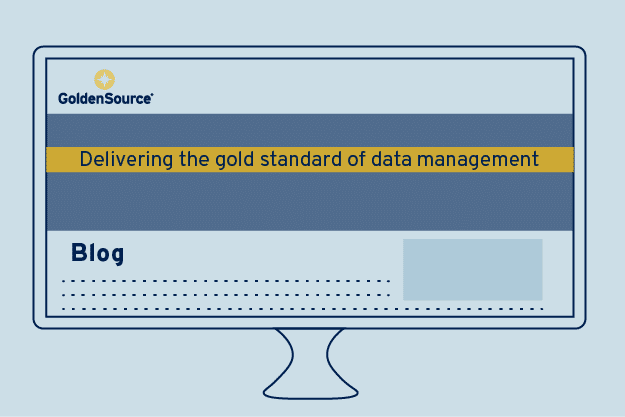How do I price a bond? Let me count the ways….
For some fund managers, the answer is one – as in one provider for evaluated prices. As romantic as the idea of being faithful to one partner for pricing may seem, regulators are sick of this toxic love story. They want to see these managers play the field with multiple partners instead.
Breakups are often the result of tumultuous times – and bond pricing is no exception.
Over the past few years, the fixed income markets have been subject to seasons of change and strife.
For one, liquidity has dried up. According to Federal Reserve data, only 1.8% of all bonds could be expected to trade on a given day as of Q2 2014, marking a 45% decrease from the 2004 tally.
At the same time, the fixed income instruments that managers invest in have become increasingly complex. This comes from the growing use of sophisticated hedging strategies and the desire to attract more institutional money through higher-yielding assets.
While the nature of the bond markets and investing has dramatically changed, valuation practices have remained relatively simplistic and often overly reliant on a single source.
This unhealthy attachment to a single source is raising the eyebrows of regulators for multiple reasons.
For starters, fund managers often have to strike daily NAVs for instruments like municipal bonds that go untraded for days or even weeks – in other words, they have to mark-to-market without a market. Managers who rely on one source of pricing for this inevitably expose themselves to the strengths and weaknesses of the evaluated pricing service they choose. Poor data affects daily calculations, ranging across net asset values, performance, portfolio weightings, and exposures.
In addition, after several blowups involving esoteric valuation models, new regulations such as EMIR, Dodd-Frank and Solvency II are forcing more managers to come clean about pricing. These managers are required to show precisely where they derived their models from, which market data sets are being used as inputs, and whether assumptions regarding default risk, interest payments, and prices are grounded in reality.
Because of these risks and others such as concentration, regulators are pushing managers to end their love affair with limited sources for pricing data. They want managers to implement their own due diligence on their vendors through independent verification across sources.
For fund managers, healthier pricing practices include:
- Sourcing different prices from a variety of sources
- Collating, ranking and defining those prices in a central place where records can be audited easily – not in spreadsheets
- Applying rules to detect issues before they occur and demonstrate responsibility in decision-making
Breaking up is hard to do. But given the complexity of the market and the persistent scrutiny of regulators, smart fund managers are seeing that it’s time to move on.
To find out how GoldenSource can help, Contact us to learn more.

